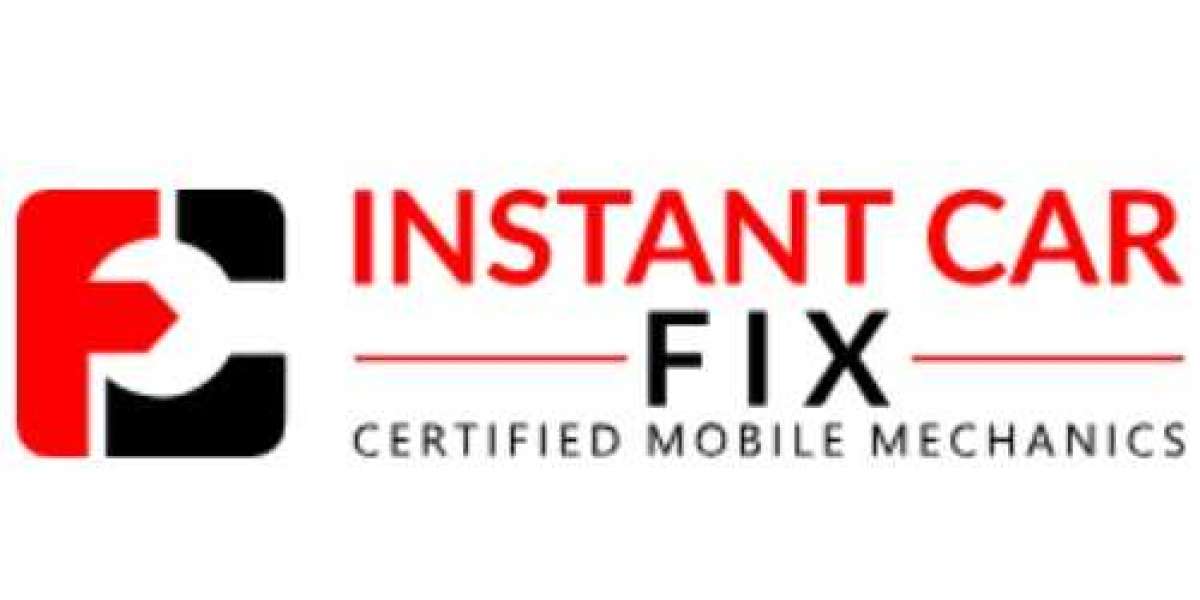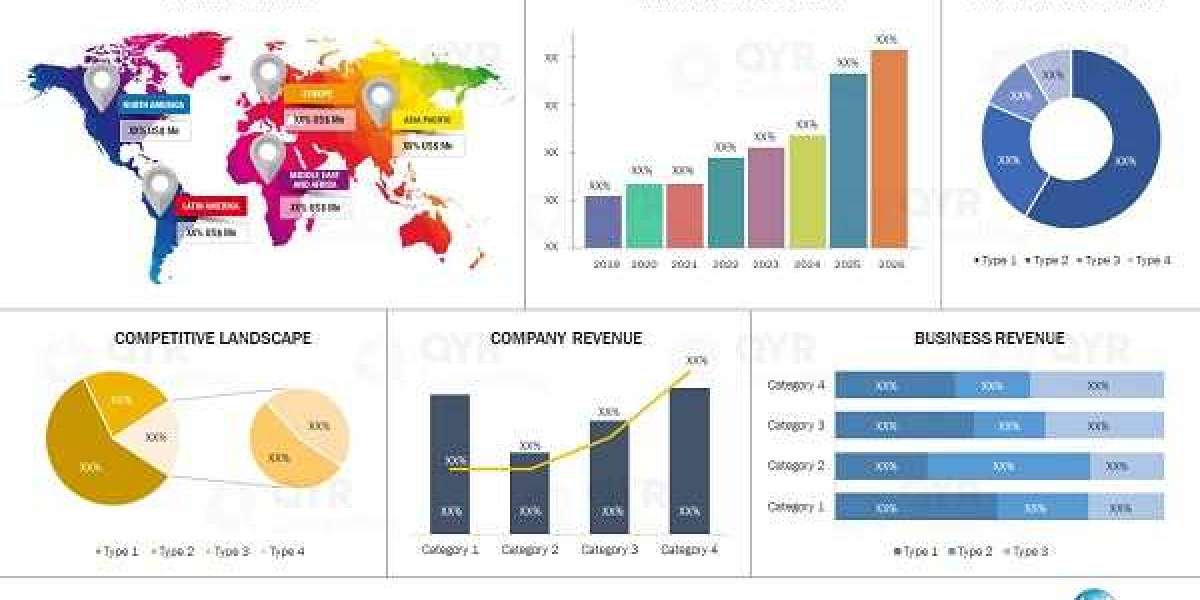Buying a car, whether new or used, is a significant investment. Many buyers get excited about the aesthetics, features, and performance of a vehicle but overlook one critical step: a pre-purchase car inspection. This step can save you from costly repairs, hidden issues, and future headaches. In this guide, we will walk you through the importance of Pre-Purchase Car Inspection Services and provide a step-by-step approach to ensure you make a wise and informed decision.
What Are Pre-Purchase Car Inspection Services?
Pre-Purchase Car Inspection Services involve a thorough evaluation of a vehicle before completing the purchase. This inspection is typically carried out by a professional mechanic or a specialized inspection service. The goal is to assess the car’s mechanical, structural, and cosmetic condition to identify potential issues that may not be immediately apparent.
These services include a comprehensive check of the car’s engine, transmission, brakes, tires, electrical system, suspension, and overall body condition. Some inspections also provide diagnostic tests and a detailed report, highlighting any concerns that may affect the car's performance and value.
Why Are Pre-Purchase Car Inspection Services Essential?
Uncover Hidden Problems – Some car issues, like engine troubles or frame damage, aren’t always visible to the untrained eye. A thorough inspection can reveal these hidden defects.
Save Money in the Long Run – Spending a little money on an inspection can prevent costly repairs in the future. If the inspection uncovers major issues, you can negotiate the price or walk away from the deal.
Ensure Safety – Mechanical failures can lead to accidents. A pre-purchase inspection ensures the car is roadworthy and safe to drive.
Leverage for Price Negotiation – If the inspection reveals minor issues, you can use it as a bargaining tool to lower the car's price or request necessary repairs before purchase.
Peace of Mind – Knowing that a professional has thoroughly examined the car gives you confidence in your purchase, making the buying process stress-free.
Step-by-Step Guide to a Pre-Purchase Car Inspection
Step 1: Choose a Reliable Pre-Purchase Car Inspection Service
Not all inspection services are created equal. Look for professionals with experience, proper certifications, and positive customer reviews. Mobile inspection services are also available, where a mechanic can come to the seller’s location to inspect the car.
Step 2: Research the Car’s History
Before arranging an inspection, obtain the vehicle’s history report using services like Carfax or AutoCheck. This report provides information about past accidents, title status, odometer readings, and previous ownership. If the history report raises red flags, you may reconsider hiring an inspector.
Step 3: Schedule an Inspection
Once you’ve shortlisted a car and verified its history, schedule an inspection with a trusted mechanic. Make sure the inspection is done in daylight and in a location where the mechanic can thoroughly assess the vehicle.
Step 4: Exterior and Interior Inspection
Body Condition – Check for scratches, dents, rust, and signs of previous accidents or repairs.
Tires and Wheels – Uneven tire wear can indicate alignment or suspension issues.
Glass and Lights – Look for cracks in windows and ensure headlights, taillights, and indicators function properly.
Seats and Upholstery – Check for stains, tears, or unusual wear and tear inside the cabin.
Dashboard Indicators – Ensure no warning lights are on when the ignition is turned on.
Step 5: Mechanical and Performance Inspection
A professional mechanic will perform a detailed examination of the car’s mechanical components, including:
Engine Condition – Inspect for leaks, strange noises, or excessive smoke from the exhaust.
Transmission and Clutch – Check for smooth gear shifts and responsiveness.
Brakes – Ensure the brakes function effectively without strange noises or vibrations.
Suspension – Test for a smooth ride without excessive bouncing or pulling to one side.
Battery and Electrical System – Inspect the battery health, wiring, and functionality of electronic components.
Step 6: Test Drive the Car
A test drive is crucial to assessing how the car performs on the road. Pay attention to:
Acceleration and braking responsiveness.
Steering alignment and handling.
Transmission shifts and engine noise.
Comfort and visibility.
Step 7: Review the Inspection Report
Once the inspection is complete, review the detailed report provided by the mechanic. The report will highlight any existing or potential issues, helping you decide whether to proceed with the purchase, negotiate repairs, or look for another vehicle.
Step 8: Make an Informed Decision
Based on the inspection results, you have three options:
Proceed with the Purchase – If the car is in good condition, finalize the deal with confidence.
Negotiate a Better Price – If minor issues exist, use them as leverage to get a lower price or request necessary repairs.
Walk Away – If major problems are found, it's better to walk away than to invest in a potential money pit.
Conclusion
Pre-Purchase Car Inspection Services are a vital step in the car-buying process. They provide crucial insights into the vehicle’s condition, helping you avoid costly mistakes and ensuring a safe and sound investment. By following this step-by-step guide, you can make an informed decision, negotiate better deals, and drive away with confidence in your purchase. Always remember, a small investment in a professional inspection today can save you thousands in the long run.
So, before you buy your next car, don’t skip the pre-purchase inspection – your wallet and peace of mind will thank you!











